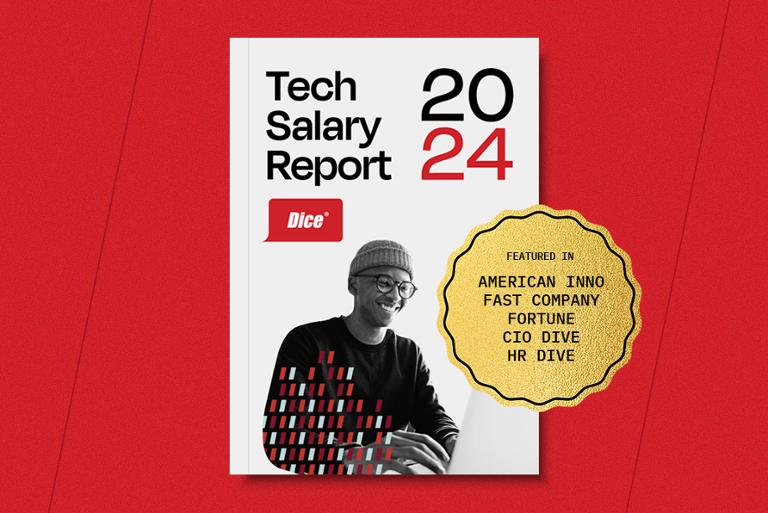For many technologists, vacation is a key benefit. Although many neglected to use all of their allotted vacation days during the COVID-19 pandemic, taking time off is critical in order to recharge and ultimately put in your best work.
The latest Dice’s latest Tech Salary Report shows that technologists consider paid vacation days of supreme importance when evaluating a potential employer’s benefits. In light of that, it behooves organizations to make sure the amountof paid vacation days they offer aligns with what technologists desire—and what’s typically offered across the industry.

Find out which industries and tech hubs are paying top dollar for tech talent in Dice’s latest Tech Salary Report.
How much vacation do technologists typically receive? Three weeks of paid vacation remained the most popular response, with 23 percent saying they had 11-15 days of paid vacation available in 2021. In a near-tie for second place: two weeks, which is the industry standard, and earned 18 percent of responses. Four weeks earned 17 percent of responses. So, collectively, nearly 60 percent of technologists report getting between two and four weeks of paid vacation days in 2021.
However, 21 percent of technologists still report having less than two weeks of paid vacation. While this is down one percentage point from 2020’s survey results, it’s still a high number of technologists getting less than the bare minimum break from work. As burnout remains a growing concern at organizations everywhere, offering more generous amounts of paid vacation time could be a differentiating incentive for attracting talent in 2022.
Nearly 66 percent of technologists planned to use more than half or all of their allotted paid vacation time in 2021, while just over 34 percent either did not plan to use even half of their paid vacation days or were unsure about using them. A greater portion of technologists (78 percent) responded that they plan on using all or more than half of their vacation in 2021, compared to 70 percent in 2020. This is likely the result of the taxing year, with many technologists still recovering from the resource crunches and uncertainty that marked 2020. For those 30 percent of technologists not using even half of their vacation, however, the lack of break from work could lead to burnout.
The majority of employers (75 percent) did not make changes to vacation policies in 2021 (same as 2020). Fourteenpercent offered their employees additional paid time off (up from 10 percent in 2020), six percent presented additional unpaid time off (up from 5 percent), six percent required employees to take a certain amount of time off (down from nine percent), and three percent of technologists said their company is requiring them to use paid vacation days earlier in the year than normal (down from five percent).
Organizations in the tech space should make note of these trends and analyze how their employees’ usage stacks up. Low usage (or maxed out usage at a low volume of days) could result in overworked employees and a decline in innovation, quality and efficiency. For technologists, the low unemployment rate (and high demand for workers with key tech skills) offers an excellent opportunity to negotiate with a current or future employer for more vacation time, a flexible schedule, or other important benefits.



